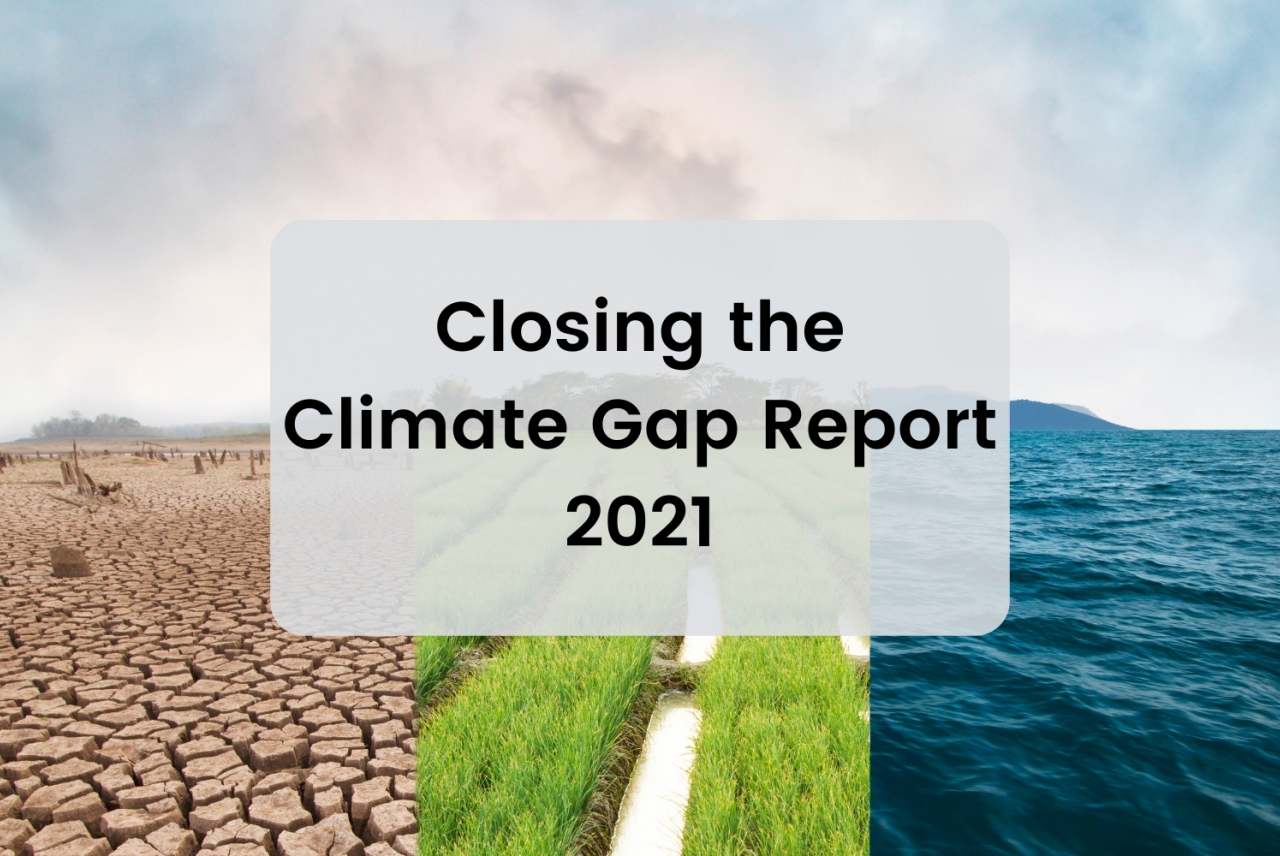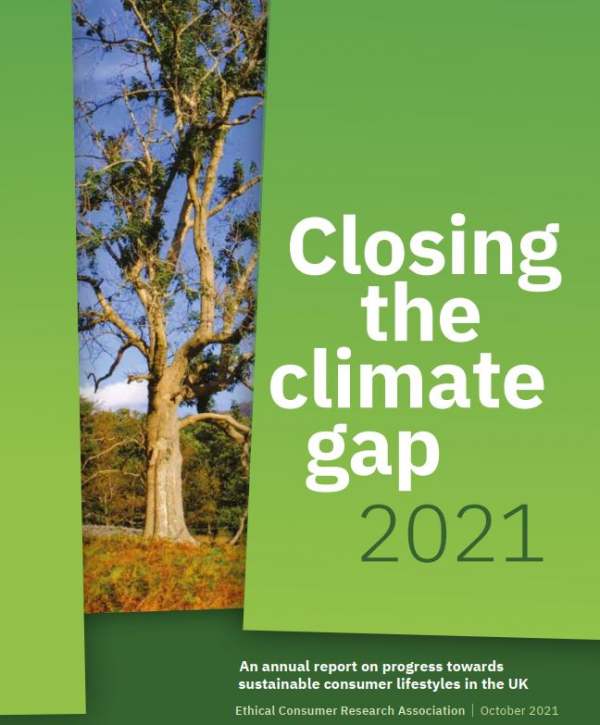Key finding 1
We’re not moving fast enough
The colour coding in the tables in the report shows that, across three impact areas, Food, Heating, and Transport, carbon reduction is not moving quickly enough (orange). [1] For the fourth area, Consumer Goods,
it appears to be moving in the wrong direction and impacts are increasing (red). Indeed, for the eight target areas we looked at for which year-on-year data was available, none of these appeared to be moving fast enough.
This key message is both the most important and least important at the same time. It is most important because it is the key question we are seeking to answer, and least important because we are scarcely alone in making it. [2]
Key finding 2
A sustainable lifestyle is not scary
The sustainable future mapped out by the Climate Change Committee (see below) for 2030 currently looks like it only requires quite modest changes to the way we live now. The summary table opposite lists all 12 actions consumers need to take to help make this target. Many of the main elements are starting to become familiar: cars and heating will need to be electrified and we’ll need to reduce meat, dairy and other consumption to some degree. We’re planning to publish some more work on further prioritising consumer actions later this year.
Key finding 3
The necessary political engagement work looks harder
At Ethical Consumer, we have long recognised that the decisions that consumers make, and around climate change particularly, are so dependent on the frameworks that government and companies provide that it is unhelpful to look at consumer choices in isolation. [3]
Our Climate Gap Reports are therefore designed to feature key consumer actions alongside what companies
and governments need to do in each specific area. This can give consumers a sense that they are part of something bigger as well as highlighting some key political campaigns that might be worth supporting.
It is the political work we need to do as citizens that looks harder here than the consumer actions. The low-carbon lifestyle carbon expert, Mike Berners-Lee, when asked about the degree to which individuals should think about balancing the need to cut their own emissions with the need to take political action, suggested
a 60% to 40% split in favour of prioritising political action. [4]
It looks like UK citizens urgently need to build broad coalitions, exemplified by the Eating Better Alliance, across all of the key impact areas identified in this Report. [5]
Key finding 4
The data available to track progress is of variable quality
The quality of the data in this area is sometimes quite poor. For example, for 2 of the 12 areas we are trying to track (meat consumption and carbon footprints of consumer goods), the most recent available year-on-year figures published by the government are 2018-2019 and 2017-2018 respectively. [6]
In order to create positive motivations to take action, feedback loops showing what impact we are collectively having (or not), are important. When you compare the time delays in publishing data for consumer markets with some of the information that financial markets can use, which are updated many times a second, it gives a sense of how skewed our economies have become towards meeting financial goals above all
others.
One of our key initial contributions to this debate is therefore to ask governments to consider working to address this area particularly. A dashboard of monthly-updated figures online would be a much-needed tool in this critical moment of climate emergency.
Key finding 5
Governments should also make it mandatory for companies to report on their supply chain emissions
One additional demand emerging from this whole report, and that we would like to highlight, is for governments to make it mandatory for companies to report on their supply chain emissions. Although regulators are beginning to require companies to report on their own direct emissions, they are not yet requiring companies to do so for their supply chains. This is despite the evidence that often 80% of the emissions of consumer goods occur here. [7]
It is hard to see how we can be sure that we are collectively on target on carbon reduction, particularly
around the consumer goods impacts, without this happening.

